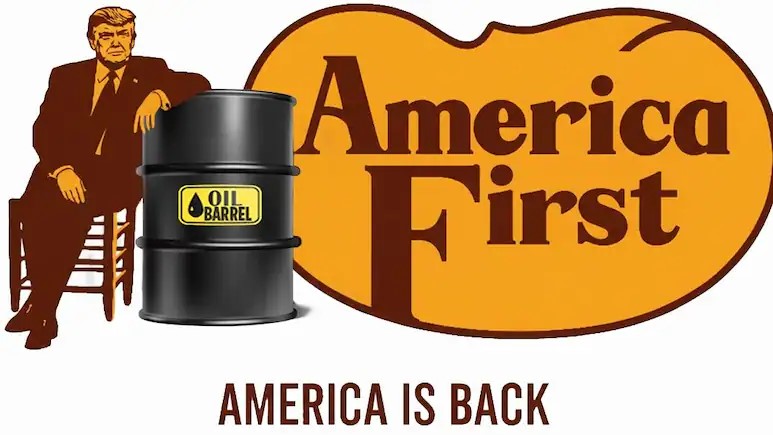
Trump’s New 25% Tariff Pushes India’s Total Duties to 50%

 :
| Updated On: 27-Aug-2025 @ 10:39 am
:
| Updated On: 27-Aug-2025 @ 10:39 amSHARE
US Imposes 50% Tariff on Indian Goods, Raising Trade Tensions
The United States has imposed steep new tariffs on Indian products, escalating trade tensions between the two countries. On Wednesday, a punitive 50% tariff came into effect on a wide range of Indian exports, effectively doubling the existing 25% duties. The move, ordered by American President Donald Trump, is seen as retaliation against New Delhi’s continued purchases of Russian oil, which Washington has been pressuring countries to avoid as part of its campaign to end the conflict in Ukraine.
Escalating Pressure on India
President Trump has consistently sought to pressure India over its energy imports from Russia. Previously, a 25% tariff had already been imposed on many Indian products, but the latest decision doubles the rate to 50% for categories such as garments, gems and jewellery, footwear, sporting goods, furniture, and chemicals. These sectors now face some of the highest tariff levels levied by the US, placing India alongside Brazil and China in terms of trade restrictions.
Despite the sweeping measures, some exemptions remain. Sectors such as pharmaceuticals and semiconductors (computer chips), which are both crucial to the global supply chain and vital to US domestic needs, will not be affected by the tariff hike.
Trump’s Public Justification
Following the announcement, Trump took to his Truth Social platform to frame the tariffs as part of his "America First" agenda. Posting an image of himself with an oil barrel, he used slogans such as “America First” and “America is Back,” highlighting his political stance of protecting American industries and punishing nations he perceives as undermining US policies.
Trade Relations Under Strain
Although India-US trade relations have grown in recent years, they remain sensitive to disputes, particularly regarding market access and tariffs. The two countries initiated talks in February on a large-scale trade agreement, following Indian Prime Minister Narendra Modi’s visit to Washington. The goal of the negotiations is to boost bilateral trade to $500 billion by 2030. However, the details of the agreement have not yet been finalised, and the new tariffs threaten to complicate progress.
Economic Impact on India
According to Indian government estimates, the new tariffs will affect approximately $48.2 billion worth of Indian exports. Officials have expressed concerns that the sharp increase in duties could make exports to the US commercially unviable, potentially leading to significant job losses and a slowdown in economic growth. Sectors such as textiles, jewellery, and chemicals, which are major contributors to India’s export earnings and employment, are expected to be hit hardest.
India’s Response and Strategy
Former Foreign Secretary and current Rajya Sabha MP Harsh Vardhan Shringla addressed the issue, stating that New Delhi is working to mitigate the impact of the US tariffs. India’s strategy involves diversifying export markets through its expanding network of Free Trade Agreements (FTAs). Agreements with Australia, the UAE, and the UK are already in place, and negotiations with the European Union are nearing conclusion. These arrangements, Shringla said, will allow India to redirect some of its exports to other markets, reducing dependency on the US.
Strong India-US Ties Despite Strains
Despite the growing strain in trade relations, Shringla emphasised that the India-US partnership remains among the strongest and most comprehensive of India’s global relationships. He noted that the two countries share common values and principles, which provide resilience against fluctuations in the relationship. He also welcomed the appointment of Sergio Gor as the new US Ambassador to India, calling it a positive step that could help stabilise bilateral ties.
Conclusion
The imposition of a 50% tariff marks a significant escalation in US-India trade tensions, rooted in Washington’s opposition to India’s Russian oil imports. While the move threatens India’s export sector and broader economic stability, New Delhi is looking to offset the impact by strengthening ties with other global markets. Nonetheless, both countries continue to stress the importance of their partnership, even as they navigate challenges that could reshape the trajectory of their economic and strategic cooperation.